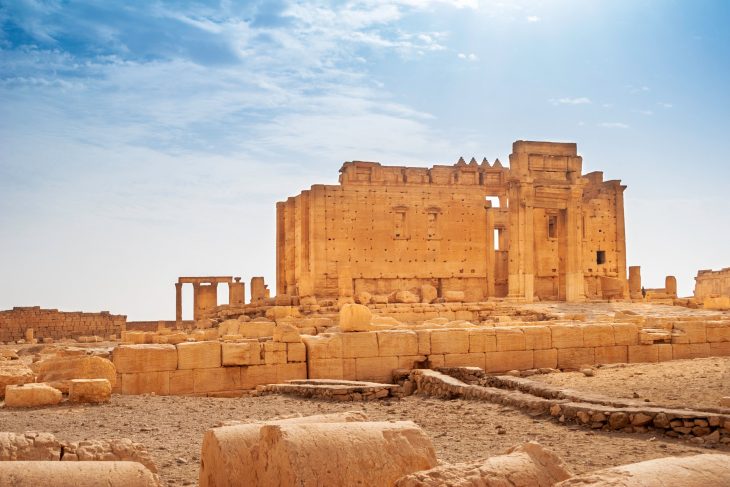
Mesopotamia was where humans first learned about and used the wheel. They came up with the concept of kingship and law, as well as many other concepts that we now associate with ‘civilization’. For these reasons and more, historians and archaeologists call Mesopotamia the Cradle of Civilization. Learn more about our shared roots with these 40 Mesopotamia facts.
- An arid plateau measuring 400 km in length makes up Northern Mesopotamia.
- Wetlands make up the vast 15,000 km² of Southern Mesopotamia.
- Silt buildup over the past 6000 years has added 210 km of land to the sea from Ancient Mesopotamia’s former coast.
- Even today, silt adds up to 35 meters of soil to the coast every year.
- Limestone cliffs once ran along the banks of the Euphrates River for up to 64 km.
- Humans lived in Mesopotamia as far back as the New Stone Age.
- Sumerian civilization rose in Southern Mesopotamia in the 4th millennium BC.
- The Sumerians built Humanity’s first cities during the 3rd millennium BC.
- Babylonia and Assyria constantly fought for dominance in Mesopotamia and in the Middle East from the 2nd millennium BC onward.
- The Persians conquered Mesopotamia in the 6th century BC.
- Alexander the Great conquered Mesopotamia in the 3rd century BC.
- The Seleucids controlled Mesopotamia after Alexander’s death.
- The Persians regained Mesopotamia after the Seleucids fell in the 1st century BC.
- Rome and Persia fought over Mesopotamia for centuries afterward.
- Arabs conquered Mesopotamia in the 6th century AD and renamed it Iraq.
- Mesopotamians believed their kings descended from the gods.
- Their kings also counted ‘shepherd’ among their titles, referring to their duty to watch over their people.
- Other titles they used include ‘great king’ and ‘king of the universe’.
- Ancient Mesopotamia also included parts of modern Syria, Turkey, and Iran.
- It also included modern Kuwait.
Was this page helpful?
Our commitment to delivering trustworthy and engaging content is at the heart of what we do. Each fact on our site is contributed by real users like you, bringing a wealth of diverse insights and information. To ensure the highest standards of accuracy and reliability, our dedicated editors meticulously review each submission. This process guarantees that the facts we share are not only fascinating but also credible. Trust in our commitment to quality and authenticity as you explore and learn with us.
